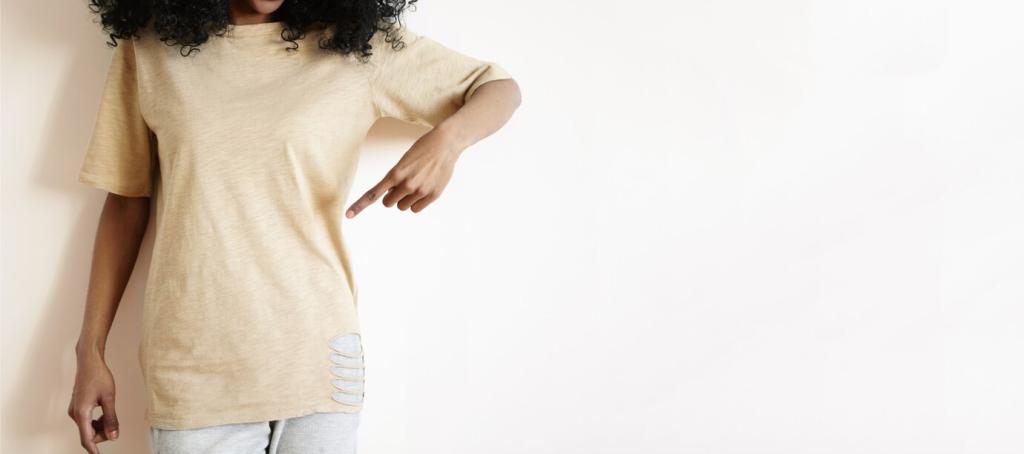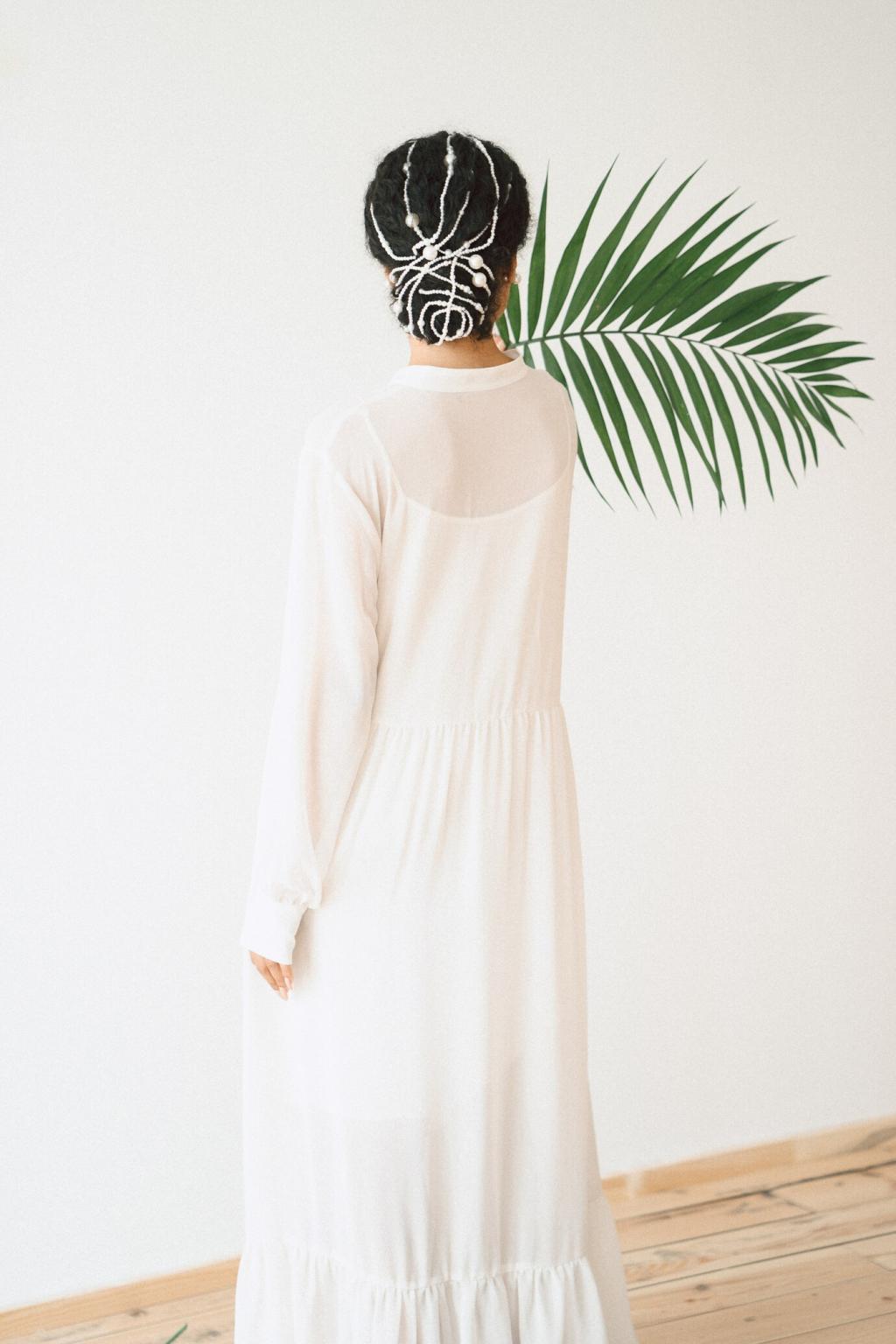Guide to Ethical Wardrobe Essentials

The Roots of Ethical Clothing
The origins of ethical clothing lie in the response to exploitative practices in the global fashion industry. These include concerns about unsafe working conditions, child labor, and underpaid factory workers. Today, ethical clothing brands aim to rectify these issues by prioritizing fair wages, healthy work environments, and supply chain accountability. Consumers are empowered to support brands that demonstrate a commitment to human rights, lending value and meaning to every piece they own.

Impact on the Environment
Fashion is notorious for its environmental footprint, contributing to pollution, excessive water use, and landfill waste. Ethical wardrobe essentials are designed with planet-friendly practices in mind, such as using organic materials, reducing chemical usage, and embracing resource efficiency. Thoughtfully chosen garments avoid fast fashion’s pitfall of disposability, instead promoting longevity and a reduced ecological burden through mindful design and careful sourcing.

Social Responsibility and Transparency
An ethical wardrobe places social responsibility at its core, requiring fashion brands to be transparent about their operations. From raw material origins to garment manufacturing, transparency provides insight into whether a company truly honors fair labor practices and environmental stewardship. By seeking out transparent brands, consumers make informed decisions that uphold the dignity of workers and encourage industry-wide improvement in ethical standards.

Timeless design is central to building an ethical wardrobe, as it encourages the purchase of clothing that surpasses seasonal trends. Classic silhouettes, neutral colors, and versatile styles ensure that each item remains relevant across years and multiple occasions. This approach not only saves resources but rewards you with a wardrobe that is adaptable and enduring, reinforcing a conscious consumption mindset over time.

The longevity and feel of clothing depend on the materials and construction methods used. Natural fibers like organic cotton, hemp, and linen biodegrade more readily and often have a smaller environmental footprint, especially when certified and responsibly sourced. Equally, attention to construction—such as reinforced seams and quality fastenings—ensures that each piece withstands wear and tear. By understanding these factors, consumers can make durable choices that stand the test of wear.

Owning fewer pieces of higher quality simplifies decision-making and reduces wardrobe clutter. This shift not only assists with organization but fosters greater appreciation for each item. When you invest in clothing that is thoughtfully designed and well-made, you tend to care for it better, resulting in longer lifespan and deeper satisfaction. The experience of wearing clothing that both looks good and does good enhances confidence and aligns everyday choices with your broader values.
Building a Versatile Ethical Wardrobe

Core wardrobe staples include foundational items such as white shirts, tailored trousers, simple dresses, and layering knits. When sourced ethically, these staples can be the backbone of your closet, serving through professional settings, casual outings, and everything in between. Prioritizing multi-use items, crafted from responsible materials, ensures your wardrobe is flexible, stylish, and mindful of its environmental and social footprint.
